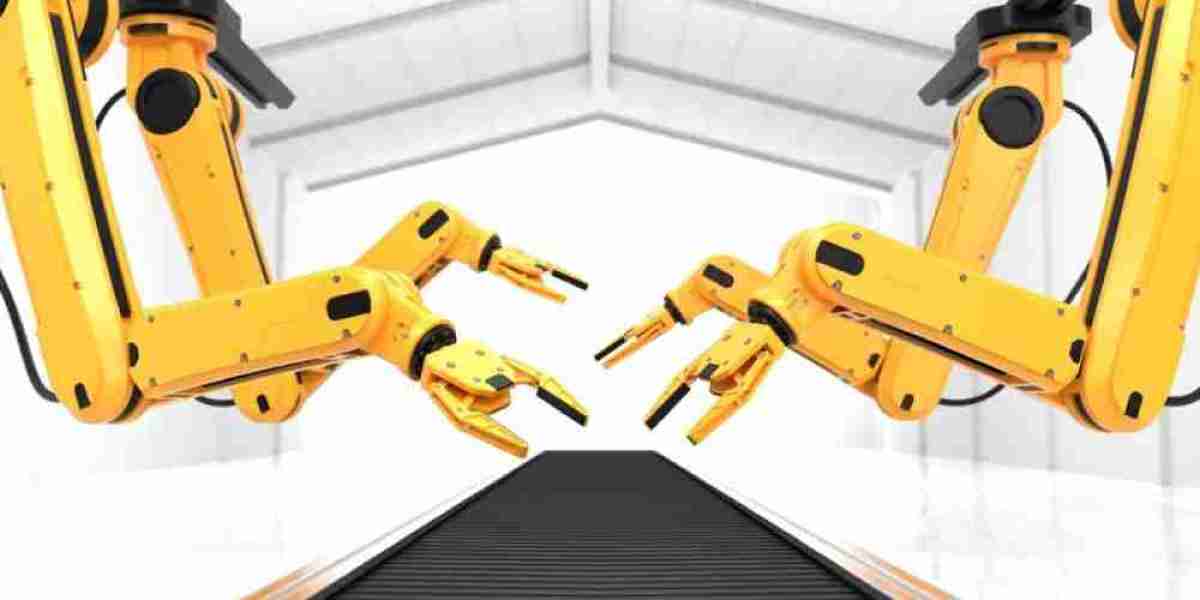Technology is reshaping every aspect of healthcare, and dentistry is no exception. The field of orthodontics is undergoing a major transformation thanks to artificial intelligence (AI) and 3D printing. These cutting-edge innovations are not only improving treatment accuracy but also making orthodontic care more efficient, personalized, and accessible.
Patients no longer have to rely solely on traditional braces or manual treatment planning. AI-driven diagnostics and 3D-printed orthodontic devices are changing the game, offering faster, more comfortable, and cost-effective solutions. Let’s explore how these advancements are revolutionizing the way we achieve the perfect smile.
The Evolution of Orthodontics
Orthodontics has come a long way from its early days of metal braces and time-consuming manual adjustments. Traditional treatments often required years of wear, frequent visits to the orthodontist, and discomfort due to outdated materials and techniques.
With the introduction of clear aligners, digital scans, and innovative materials, orthodontic care has become more efficient. However, AI and 3D printing are taking these improvements even further by enabling highly personalized treatment plans and faster results. These technologies are bridging the gap between patient expectations and clinical efficiency, making orthodontic care smarter than ever.
Artificial Intelligence in Orthodontics
AI-Powered Diagnostics
AI is revolutionizing orthodontics by enhancing diagnosis accuracy. Machine learning algorithms can analyze dental scans, predict tooth movements, and detect potential issues before they develop. This reduces human error and allows orthodontists to create more precise treatment plans.
Personalized Treatment Plans
AI-driven software can design highly customized orthodontic treatments based on individual patient needs. By analyzing thousands of cases, AI can determine the most effective approach, optimizing treatment duration and minimizing unnecessary adjustments.
Remote Monitoring and Predictive Adjustments
With AI-integrated apps and smart monitoring tools, orthodontists can track a patient’s progress remotely. This reduces the need for frequent in-office visits and allows adjustments to be made proactively, ensuring faster and more efficient treatment.
3D Printing: A Game-Changer in Orthodontic Care
The Shift to Digital Orthodontics
3D printing has significantly streamlined the production of orthodontic devices. Instead of waiting weeks for traditional impressions and lab-created appliances, 3D printing enables same-day fabrication of aligners, retainers, and braces.
Customized Aligners and Braces
Unlike conventional braces, which require manual adjustments, 3D-printed aligners and brackets are designed with precision for each patient’s dental structure. This leads to better fitting, greater comfort, and improved treatment outcomes.
Cost-Effective and Sustainable Solutions
3D printing reduces material waste and lowers production costs, making orthodontic care more affordable. Patients benefit from high-quality treatment without the expensive price tag of traditional orthodontic devices.
The Benefits for Patients
- Faster Treatment Times: AI-powered planning and 3D printing speed up treatment, reducing the time needed to straighten teeth.
- Enhanced Comfort: Custom-fitted aligners and braces minimize irritation and improve patient experience.
- Increased Accessibility: Remote monitoring and affordable 3D-printed solutions make orthodontic care more accessible to a wider range of patients.
The Future of Smiles: What’s Next?
The combination of AI and 3D printing is just the beginning. In the near future, robotics may assist in orthodontic procedures, further enhancing precision and efficiency. Scientists are also exploring bioengineered teeth and regenerative dentistry, which could eliminate the need for traditional braces altogether.
AI will continue to evolve, offering even more advanced treatment simulations and predictive models. As technology progresses, orthodontic care will become increasingly personalized, faster, and more effective, giving patients the perfect smile with minimal hassle.
Conclusion
AI and 3D printing are transforming orthodontics, making treatments more accurate, efficient, and patient-friendly. These innovations are not only revolutionizing the way orthodontists work but also improving patient experiences with faster, more comfortable, and cost-effective solutions.
If you’re considering orthodontic treatment, now is the perfect time to explore these advancements. The future of smiles is here, and with AI and 3D printing leading the way, achieving your dream smile has never been easier.







